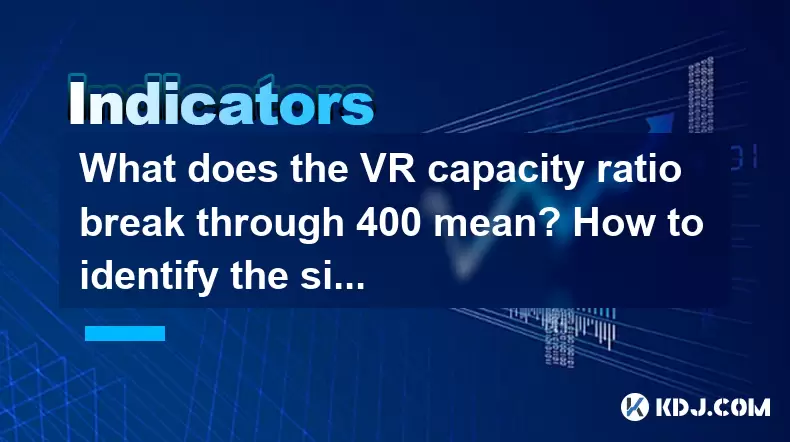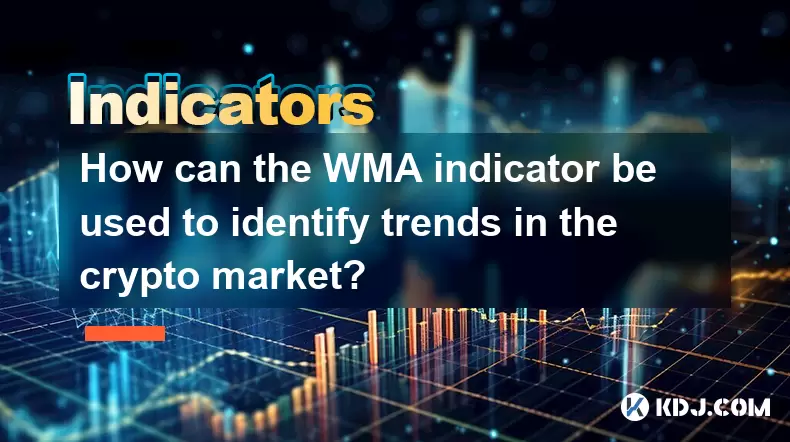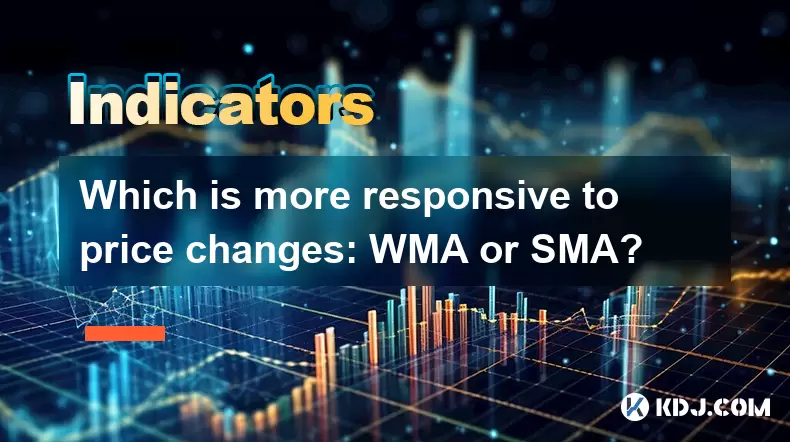-
 Bitcoin
Bitcoin $118300
-0.58% -
 Ethereum
Ethereum $3825
0.11% -
 XRP
XRP $3.137
-0.71% -
 Tether USDt
Tether USDt $0.9999
-0.01% -
 BNB
BNB $803.9
-3.37% -
 Solana
Solana $181.5
-1.94% -
 USDC
USDC $0.9999
0.01% -
 Dogecoin
Dogecoin $0.2238
-2.51% -
 TRON
TRON $0.3358
2.12% -
 Cardano
Cardano $0.7844
-2.16% -
 Hyperliquid
Hyperliquid $43.31
-1.48% -
 Sui
Sui $3.807
-4.04% -
 Stellar
Stellar $0.4203
-1.96% -
 Chainlink
Chainlink $17.79
-3.00% -
 Bitcoin Cash
Bitcoin Cash $567.8
-1.34% -
 Hedera
Hedera $0.2614
-4.30% -
 Avalanche
Avalanche $24.19
-4.46% -
 Litecoin
Litecoin $109.2
-0.74% -
 UNUS SED LEO
UNUS SED LEO $8.969
-0.01% -
 Toncoin
Toncoin $3.404
3.97% -
 Ethena USDe
Ethena USDe $1.001
-0.01% -
 Shiba Inu
Shiba Inu $0.00001307
-3.19% -
 Uniswap
Uniswap $10.33
-1.23% -
 Polkadot
Polkadot $3.884
-4.06% -
 Monero
Monero $312.9
-1.87% -
 Dai
Dai $1.000
0.01% -
 Bitget Token
Bitget Token $4.537
-2.24% -
 Pepe
Pepe $0.00001156
-3.40% -
 Cronos
Cronos $0.1437
-0.89% -
 Aave
Aave $282.8
-2.77%
What does the VR capacity ratio break through 400 mean? How to identify the signal of a daily peak?
A VR capacity ratio above 400 signals extreme buying pressure, often indicating potential trend reversals or overbought conditions in crypto markets.
Jun 19, 2025 at 01:00 am

Understanding the VR Capacity Ratio
The VR capacity ratio, or Volume Ratio, is a technical indicator used in cryptocurrency trading to assess the relationship between the volume of buying and selling over a specific period. It helps traders identify potential trend reversals by comparing the average volume of up days to that of down days. When this ratio breaks through 400, it indicates an unusually strong surge in buying pressure relative to selling activity.
In the context of crypto markets, where volatility is high and sentiment can shift rapidly, such a level often suggests that bulls are gaining significant control. However, it's essential to understand that while a VR capacity ratio above 400 signals strength, it doesn't guarantee continued upward momentum without additional confirmation from price action and other indicators.
A VR capacity ratio exceeding 400 may suggest overbought conditions, especially if not supported by strong fundamentals or broader market confidence.
Why Is the 400 Threshold Significant?
The 400 threshold isn't arbitrary; rather, it represents a historical benchmark derived from statistical analysis of past trading cycles across various cryptocurrencies. When the VR ratio surpasses this level, it typically means that the current volume of bullish trades has reached levels far beyond the average, which could indicate either a powerful rally or a potential bubble forming.
This phenomenon is particularly relevant in altcoin markets, where sudden surges in volume can be triggered by speculative trading, influencer endorsements, or news events. Traders must remain cautious as such spikes often precede sharp corrections unless there’s sustained demand.
- Historical data shows that many altcoins have experienced significant pullbacks after their VR ratios exceeded 400.
- In Bitcoin and Ethereum, such thresholds are less common but more reliable when they occur due to the larger market capitalization and deeper liquidity pools.
How to Calculate the VR Capacity Ratio
To calculate the VR capacity ratio, follow these steps:
- Determine the number of up days and down days within a specified period (usually 14 days).
- Sum the total volume for all up days (U) and all down days (D).
- Use the formula:
VR = Average(U) / Average(D)
- Multiply the result by 100 to express it as a percentage.
If the resulting value exceeds 400, it indicates that buying volume has significantly outpaced selling volume during the observation period.
- For example, if the average up-day volume is 100,000 BTC and the average down-day volume is 25,000 BTC, then VR = (100,000 / 25,000) * 100 = 400%.
- A reading above 400 might suggest extreme optimism among traders, potentially signaling overheating.
Identifying Daily Peak Signals in Crypto Charts
Recognizing a daily peak signal involves analyzing both volume and price behavior on daily charts. Peaks often manifest when the price reaches a new high but fails to sustain itself, followed by a reversal. To identify such signals effectively, consider the following factors:
- Look for divergence between price and volume—if the price makes a new high but volume declines, it may indicate weakening momentum.
- Observe volume spikes accompanied by long upper shadows on candlesticks, suggesting rejection at resistance levels.
- Check for overextended RSI readings, particularly above 70, which could mean the asset is overbought.
These patterns help traders anticipate potential tops before they materialize into full-scale corrections.
Combining VR analysis with candlestick patterns and oscillators like RSI or MACD enhances the accuracy of peak identification.
Practical Steps to Confirm a Daily Peak Signal
Here are practical steps you can take to confirm whether a daily peak is forming:
- Monitor the last three candles—a large bullish candle followed by two smaller ones may suggest exhaustion.
- Examine the volume profile—if the highest volume occurred near the peak, it could mean distribution is taking place.
- Watch for key resistance levels—price stalling near major resistance zones increases the likelihood of a reversal.
- Evaluate on-chain metrics—rising exchange inflows or whale movements can corroborate a topping pattern.
By integrating these observations, traders can make informed decisions about exiting positions or shorting the market.
Using multiple time frame analysis—from daily to hourly charts—can provide clearer confirmation of peak formation.
Frequently Asked Questions
Q: Can the VR capacity ratio alone be used to predict market tops?
No, the VR capacity ratio should always be used alongside other tools like RSI, MACD, and volume analysis. Sole reliance on any single metric increases the risk of false signals.
Q: What time frame is best for calculating the VR ratio in crypto markets?
A 14-day period is commonly used, but traders may adjust based on strategy. Short-term traders might prefer shorter periods (e.g., 7 days), while longer-term investors could analyze monthly data.
Q: Does a VR ratio above 400 always lead to a correction?
Not necessarily. While it often signals caution, some assets with strong fundamentals and growing adoption may continue rising despite high VR readings.
Q: How does the VR ratio differ from OBV (On-Balance Volume)?
VR focuses on the ratio of up vs. down volume over a period, whereas OBV accumulates volume on up days and subtracts it on down days. Both measure volume dynamics but offer different insights.
Disclaimer:info@kdj.com
The information provided is not trading advice. kdj.com does not assume any responsibility for any investments made based on the information provided in this article. Cryptocurrencies are highly volatile and it is highly recommended that you invest with caution after thorough research!
If you believe that the content used on this website infringes your copyright, please contact us immediately (info@kdj.com) and we will delete it promptly.
- UNITE, KuCoin, and the Future of Mobile Gaming: A New York Minute on Web3
- 2025-07-30 16:30:12
- Strategy, Bitcoin, Investment: Riding the Crypto Wave Like a Pro
- 2025-07-30 16:30:12
- JD.com, Jcoin, and Stablecoins: Hong Kong's Regulatory Embrace
- 2025-07-30 16:50:11
- Pi Network, Onramp Money, and Wallet Fails: What's the Deal?
- 2025-07-30 16:50:11
- PENGU Price Primed for Liftoff? Bullish Rally Signals Emerge
- 2025-07-30 16:55:12
- Dogecoin's Wild Ride: Token Unlocks, Circulation, and the $1 Dream
- 2025-07-30 16:55:12
Related knowledge

What are the best WMA settings for day trading crypto?
Jul 30,2025 at 03:43pm
Understanding WMA in the Context of Crypto Day TradingThe Weighted Moving Average (WMA) is a technical indicator that assigns greater importance to re...

How can the WMA indicator be used to identify trends in the crypto market?
Jul 30,2025 at 04:56pm
Understanding the WMA Indicator in Cryptocurrency TradingThe Weighted Moving Average (WMA) is a technical analysis tool that assigns greater importanc...

What are the advantages of using the WMA indicator for crypto?
Jul 30,2025 at 03:21pm
Understanding the WMA Indicator in Cryptocurrency TradingThe Weighted Moving Average (WMA) is a technical analysis tool widely used in cryptocurrency ...

Which is more responsive to price changes: WMA or SMA?
Jul 30,2025 at 05:00pm
Understanding Weighted Moving Average (WMA)The Weighted Moving Average (WMA) assigns greater importance to recent price data, making it inherently mor...

What are the main differences between WMA, SMA, and EMA in crypto?
Jul 30,2025 at 02:50pm
Understanding the Role of Private Keys in Cryptocurrency WalletsEvery cryptocurrency wallet operates based on cryptographic principles, with the priva...

How is the WMA indicator calculated in cryptocurrency trading?
Jul 30,2025 at 02:35pm
Understanding the Weighted Moving Average (WMA) in Cryptocurrency TradingThe Weighted Moving Average (WMA) is a technical analysis tool widely used in...

What are the best WMA settings for day trading crypto?
Jul 30,2025 at 03:43pm
Understanding WMA in the Context of Crypto Day TradingThe Weighted Moving Average (WMA) is a technical indicator that assigns greater importance to re...

How can the WMA indicator be used to identify trends in the crypto market?
Jul 30,2025 at 04:56pm
Understanding the WMA Indicator in Cryptocurrency TradingThe Weighted Moving Average (WMA) is a technical analysis tool that assigns greater importanc...

What are the advantages of using the WMA indicator for crypto?
Jul 30,2025 at 03:21pm
Understanding the WMA Indicator in Cryptocurrency TradingThe Weighted Moving Average (WMA) is a technical analysis tool widely used in cryptocurrency ...

Which is more responsive to price changes: WMA or SMA?
Jul 30,2025 at 05:00pm
Understanding Weighted Moving Average (WMA)The Weighted Moving Average (WMA) assigns greater importance to recent price data, making it inherently mor...

What are the main differences between WMA, SMA, and EMA in crypto?
Jul 30,2025 at 02:50pm
Understanding the Role of Private Keys in Cryptocurrency WalletsEvery cryptocurrency wallet operates based on cryptographic principles, with the priva...

How is the WMA indicator calculated in cryptocurrency trading?
Jul 30,2025 at 02:35pm
Understanding the Weighted Moving Average (WMA) in Cryptocurrency TradingThe Weighted Moving Average (WMA) is a technical analysis tool widely used in...
See all articles

























































































